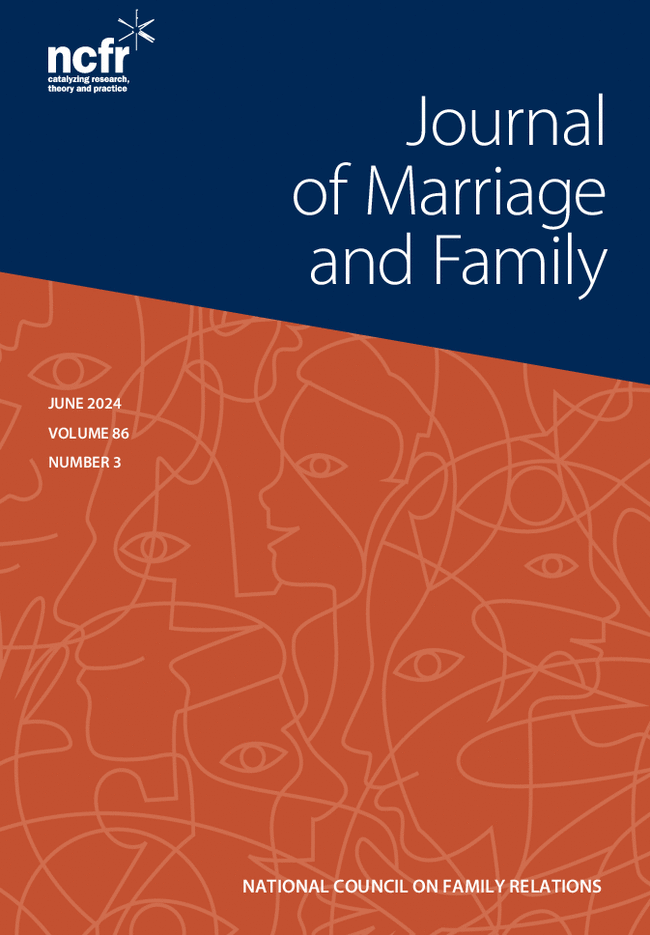Mate preferences and marriage-related behaviors: The case of Japan
Abstract
Objective
This study examines contributors to mate preferences and their changes, as well as behaviors corresponding to mate preferences in Japan, where mate preferences likely play a role in its steady marriage decline.
Background
Mate preferences are believed to guide mate selection processes. However, previous research has not adequately explained how individuals' circumstances contribute to shifts in preferences and how such shifts are linked to partnering behaviors, including partner-seeking actions and marriage formation.
Method
This study employs 11 years of data (N = 8946) from the Japanese Life Course Panel Survey. Random-effects, fixed-effects, and discrete-time proportional hazard models are used to uncover gender disparities in mate preferences, factors associated with changes in these preferences, and links between mate preferences and partnering behaviors.
Results
Women express more preferred characteristics in potential partners and are more likely than men to consider a partner's financial prospects as important. They are also unlikely to compromise on the mate's income with changes in partnering opportunities. Single men's preferences are somewhat more malleable. Moreover, identifying more mate-selection criteria is associated with a more active partner search, especially when individuals are eager to marry, but having many criteria slows the transition to marriage.
Conclusion
Japanese women's high and unwavering mate preferences likely reflect the rigid gender roles and high stakes of marriage they face. The negative relationship between insisting on many, especially gendered, mate preferences and marriage formation suggests that Japan's gender context discourages marriage formation through fostering singles' insistence on certain mate preferences.


 求助内容:
求助内容: 应助结果提醒方式:
应助结果提醒方式:


